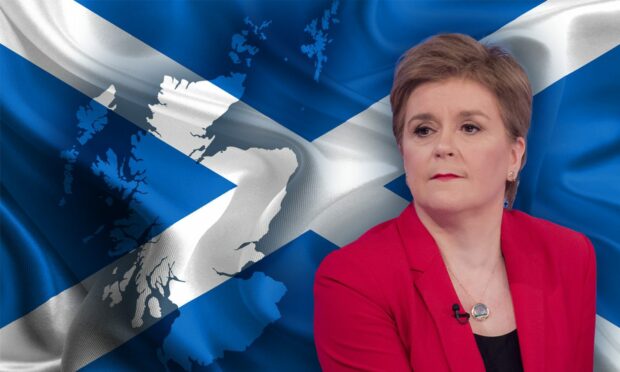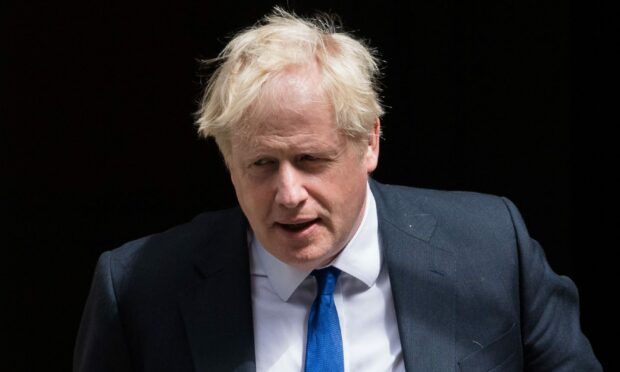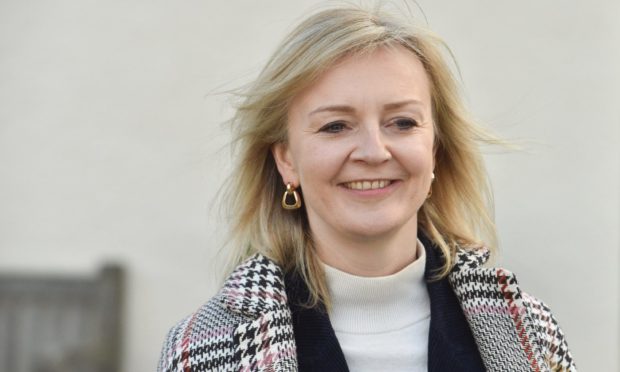The legal row between Holyrood and Westminster has deepened as the UK Government set out why they believe judges should ignore the SNP’s independence case.
Scottish Advocate General Lord Stewart QC office insisted granting a vote is “plainly” reserved to Tory ministers, meaning the Supreme Court should not get involved.
He warned Nicola Sturgeon’s government does not have the “legislative competence” to hold a poll and said it is not of “legal concern” for the UK’s top judges.
The first minister announced earlier this summer she plans to hold a rerun of the 2014 referendum in October next year.
With Boris Johnson refusing permission, Scotland’s Lord Advocate Dorothy Bain QC asked the Supreme Court to rule on the legality of a vote.
‘Reserved matters’
In a bid to scupper the legal challenge, Lord Stewart wrote: “A referendum on Scottish independence plainly (at least) relates to the reserved matters of the Union of the Kingdoms of Scotland and England and of the Parliament of the United Kingdom.
“The scope of the reservation is self-evident: it is the Union. It is not the dissolution of the Union: whether a referendum were to support or reject independence, it would equally relate to the Union.”
The SNP insist they have the right to hold a referendum after pro-independence parties secured a majority in last year’s Holyrood election.
But Lord Stewart rejected “public interest arguments” for holding a vote and said any poll would use up UK financial resources.
The QC also pointed out that the SNP’s independence bill has not yet been introduced to the Scottish Parliament as the legal wrangle intensifies.
He wrote: “It is hard to see why this should be a matter of legal concern.
“The Scottish Parliament plainly does not have the competence to legislate for an advisory referendum on the independence of Scotland from the United Kingdom, including in the form adopted in the Draft Bill.”
The first minister has threatened to turn the next UK general election into a de facto referendum on independence if a vote is denied.
Both Liz Truss and Rishi Sunak have vowed to strongly oppose an independence ballot if they become prime minister.
During a leadership hustings Ms Truss sparked fury after she branded Ms Sturgeon an “attention seeker” who should be “ignored”.
SNP MP Joanna Cherry claimed the Tories were “denying democracy” by arguing the Supreme Court should not even hear the case.
She said: “The British Government wants the Supreme Court to throw the case out without even hearing the substantive arguments.
“Their written argument exposes the fact they no longer believe the UK is a voluntary union of nations, instead, they want to impose Westminster control by denying democracy and dismissing the democratic right of the people of Scotland to determine our own future.
“The Tory government is desperate to prevent a referendum because it fears the result and has run out of any positive arguments for Westminster control.”


